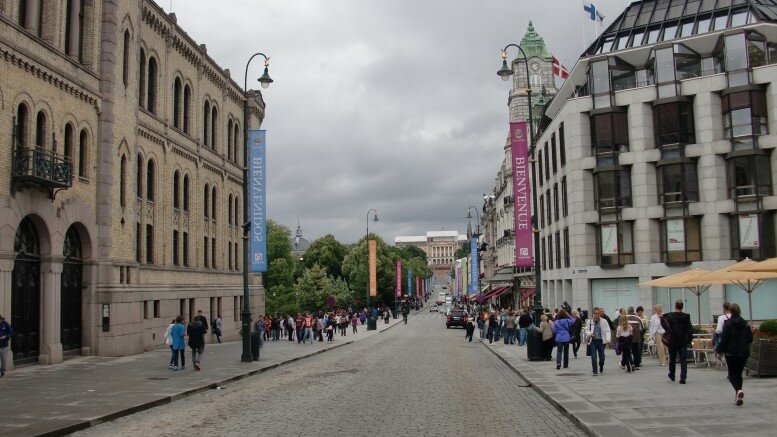700 in 2016. The growth is mainly due to increased immigration from war-torn Syria.
In 2015, 4 000 more Syrians arrived in Norway than left, and this increased to 11 200 in 2016. This means they accounted for 43 per cent of all net migration to Norway.
On the other side, they made up 63 per cent of net migration from Asia. Citizens from Lebanon, Afghanistan, Thailand and India also made large contributions to the net immigration from Asia.
In 2016, the total net immigration from Europe was 4 000, compared with 14 600 the previous year. The fall is a result of a drop of 7 100 in immigration and a rise of 3 500 in emigration. Net immigration has seen a particular decline among Rumanian, Lithuanian and Swedish citizens, with Polish citizens making up the largest group.
Fewer from Poland, Lithuania and Sweden
Over the past four years, the annual net immigration of Swedish, Lithuanian and Polish citizens, who often immigrate for work, fell by 16 100. In 2016, the groups had a total of just under 500 net immigrations, and made up only 2 per cent of net immigration to Norway; a share that has fallen from 44 per cent in 2011.
This is related to the changes in the economic situation in Norway and abroad, where the demand for a foreign workforce is reduced (for info on the Norwegian economy, see The Economic Survey 1-2017)
Polish citizens, who are the largest immigrant group in Norway, are still experiencing a positive net immigration to Norway, although the number has fallen considerably since 2011.
Net immigration of Polish citizens was 10 600 in 2011, compared to just 1 200 in 2016. The decline of 3 600 from 2015 to 2016 is the largest since the downturn began in 2012.
The net migration of Swedish citizens has also fallen since 2011, and in 2015 it changed to a net emigration, when around 20 more left than came. In 2016, the net emigration increased to just under 800. This happened because 1 100 fewer immigrated, and 400 fewer emigrated.
Compared with the years 2007-2014, when Lithuanian citizens had an annual average net immigration of 4 200, the figure for 2016 is marginally positive, with only 100 more arriving than leaving. This was 1 300 and 3 000 fewer respectively than in 2015 and in 2014.
Source: SSB / Norway Today





